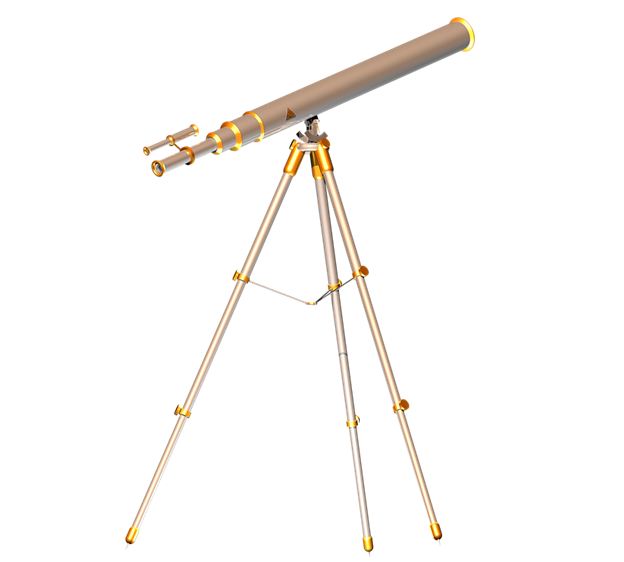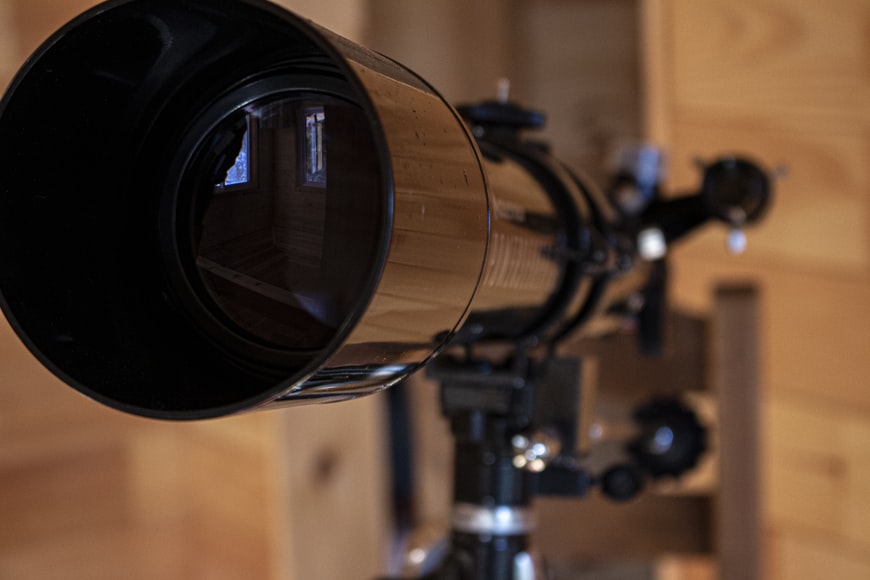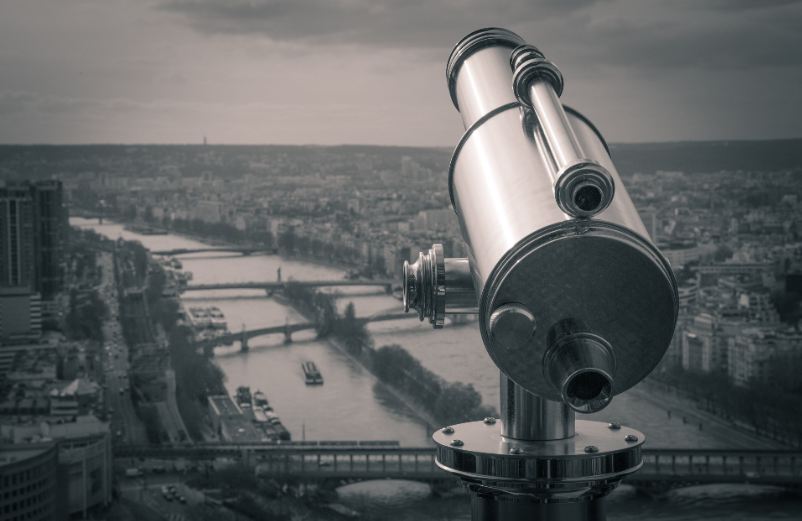Using a telescope is a great way to view the objects in the sky clearly. However, before buying a telescope, whether it is your first, second, or fifth one, it is essential to be fully informed first. This will help you make the best choice when you head to stores or purchase online. Remember that a telescope is a long-term investment. Therefore, you need to do your research, learn different terminologies, and know your needs.
If you are looking for a telescope that will enable you to observe planets or maybe deep-sky objects, or both, then you need to search for a telescope that is suitable for those. One of the things that can also help is reading reviews, just like our AstroMaster 70EQ review. But aside from that, there are many other essential things to take into consideration. If you’re curious about them, here’s a list of what to consider before buying a telescope.
Magnification of Eyepieces
Keep in mind that when buying a telescope, any new one should have at least one eyepiece included. Some sets may come with two or three eyepieces. The more, the better. Eyepieces are rated by millimeters. The smaller the number, the higher the magnification. The most common telescope eyepiece is 25 millimeters, and it is perfect for most beginners.
However, you need to remember that while an eyepiece with a higher magnification may provide more details, it can be more challenging to keep an object in view. To make it steady, you may need to use a motorized mount. Lower-power eyepieces, on the other hand, makes it easier to find objects and keep them in view. They also require less light, making it easy to view dimmer objects.
The value of high- and low-power eyepieces depends on the interests of the stargazer, and each of them has their place in observing.
Power is Overrated
You need to remember that a good telescope is not just about its power. While a hundred-times magnification sounds great, the light gathered by the scope is also spread over a larger area. This means that it will create a fainter image in the eyepiece.
There are times when lower magnification power gives a batter viewing experience, especially if observers are looking at objects that are spread out across the sky, like nebulae or clusters. High-powered scopes also have specific requirements for eyepieces. Therefore, you need to do some research about what eyepieces work best with a certain telescope.
Types of Telescopes
There are two common types of telescopes available for amateurs or beginners, which are refractors and reflectors. A refractor is a telescope that uses two lenses, and the larger lens is called the objective, and the other one is the ocular or the eyepiece. This is an expensive type of telescopebut offers better optical quality.
A reflector telescope, on the other hand, collects light at its bottom using a concave mirror called the primary. There are different ways the primary can focus the light, and how it is done controls the type of reflecting scope. These are also the least expensive. However, you will need to adjust the optical alignment more often, especially if you bump it around a lot. But that adjustment is straightforward.
Size of Aperture
This is a very important thing to consider before buying a telescope. The aperture refers to the diameter of either the objective lens of a refractor or objective mirror of a reflector. It is the true key to the power of a telescope, which size is directly proportional to the ability of the scope to gather light. Remember that if a scope can gather more light, the better image an observer will be able to see.
However, this does not mean that you should simply choose a telescope that has a large aperture. It’s because if your scope is inconveniently large, you will less likely use it. Popular sizes for amateurs are typically 2.4-inch and 3.1-inch refractors, and 4.5-inch and 6-inch reflectors.
Focal Ratio
You can calculate the focal ratio of a telescope by dividing the focal length and aperture size. The focal length is measured from the mirror or main lens to where the light converges to focus. For example, if your scope has an aperture of 4.5 inches and a focal length of 45 inches, then the focal ratio is f/10.
When the telescope has a higher focal ratio, it means that the magnification is also high. For wider views, it is better to have a lower focal ratio of around f/7, for example.
Telescope Mount
A telescope mount is also important because it’s what holds the telescope and keeps it steady. It may seem like an add-on accessory for some, but it is actually just as essential as the telescope’s tube and optics. It is extremely difficult to view a distant object if the telescope wobbles even in the slightest. Therefore, a high-quality mount is worth an investment.
You can find two types of mount, which are the altazimuth and equatorial. An altazimuth mount is like a camera tripod. It enables the telescope to move up and down, and as well as back and forth. An equatorial mount, on the other hand, is more complex as itis designed to follow the movement of the objects in the sky. There are even higher-end ones that have a motor drive to follow the rotating of the Earth and keep an object in the field of view longer. There are also lots of equatorial mounts that have small computers that can automatically aim the scope.
These are some of the important things to consider before buying a telescope. Just like any other product or device, it is true that with telescopes, you will get what you pay for. But we’re not saying that you should buy an overly expensive one. Just try to ignore those very cheap telescopes, and as well as stores that do not specialize in them because you will end up having a low-quality viewing experience. Choose the best one for your budget, and look into the factors that we’ve mentioned here.
We hope the information we shared will help you in finding the best telescope for your next stargazing adventure.



